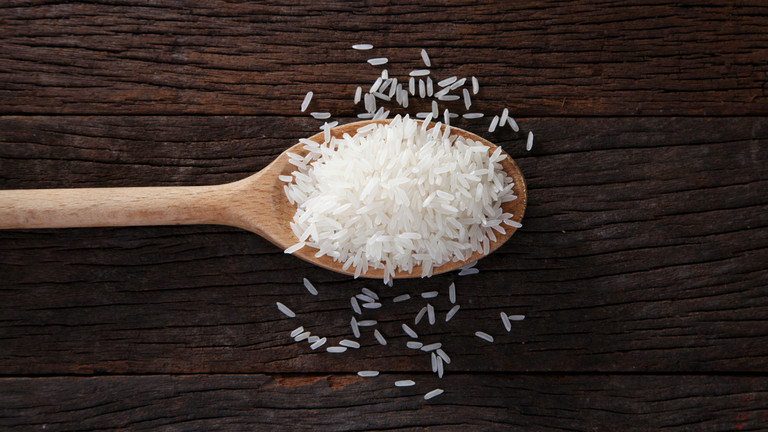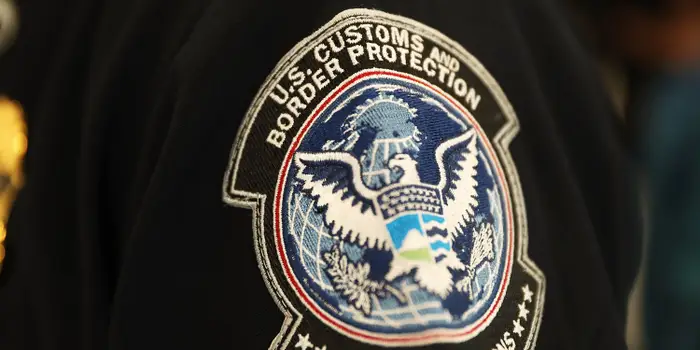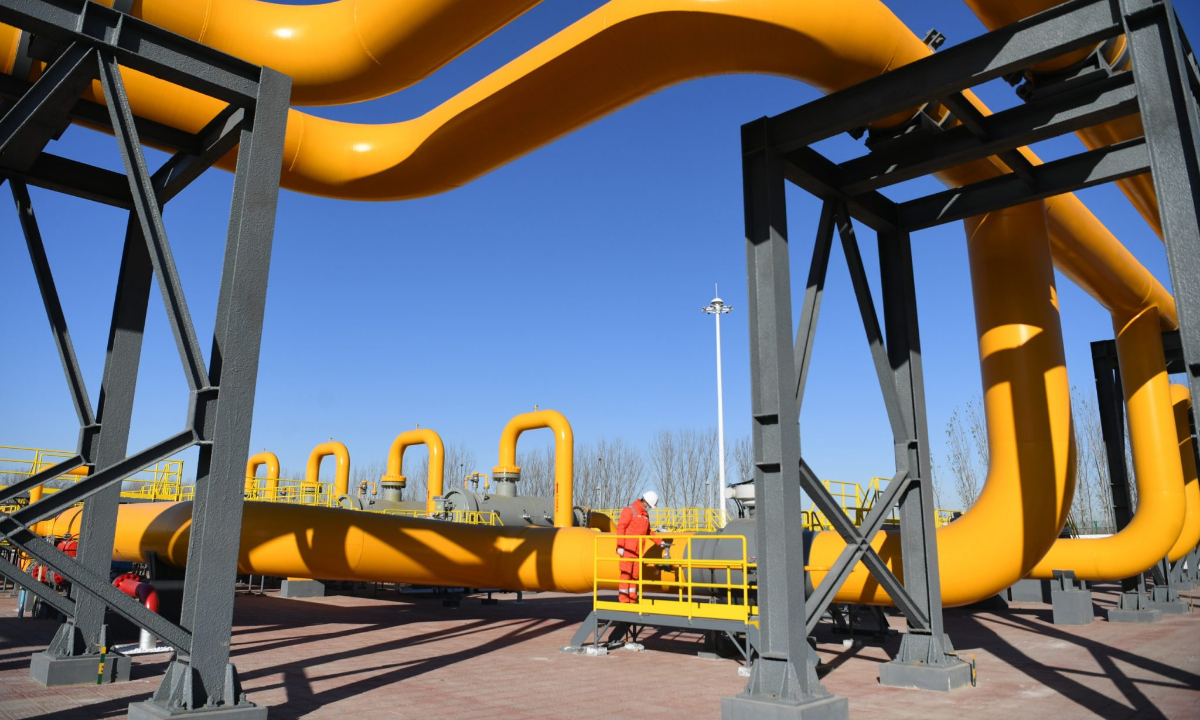In recent years, the world has seen a significant increase in the demand for rice. Rice is a staple food for millions of people across the globe, and its production is critical for food security. However, the world is facing a looming rice shortage that threatens to disrupt the global food supply chain.
The Causes of the Global Rice Shortage
Several factors have contributed to the current global rice shortage. One of the main reasons is climate change, which has led to extreme weather events such as droughts and floods that have severely impacted rice production. Another significant factor is the increasing global population, which has led to a surge in demand for rice. Additionally, changing dietary patterns, especially in Asia, have led to an increased demand for rice.
Another contributing factor to the rice shortage is the COVID-19 pandemic, which has disrupted global supply chains and caused logistical challenges for rice producers. As a result, the cost of rice production has gone up, making it difficult for farmers to continue growing rice.
The Impacts of the Global Rice Shortage
The global rice shortage has severe consequences for millions of people across the world. One of the most significant impacts is the rise in food prices, which makes it challenging for people to afford basic necessities. In some parts of the world, such as Africa and Asia, where rice is a staple food, the shortage has led to food insecurity and malnutrition.
Moreover, the shortage has also led to the hoarding of rice by some countries, which has further exacerbated the problem. As countries struggle to secure their rice supply, there is a risk of a global trade war, which could have significant economic implications.
Solutions to the Global Rice Shortage
To tackle the global rice shortage, there is a need for a collaborative effort between governments, NGOs, and other stakeholders. One solution is to invest in research and development to create new rice varieties that are more resilient to climate change and require less water. Another solution is to encourage sustainable farming practices, such as crop rotation and the use of organic fertilizers, to improve yields.
Moreover, governments can invest in infrastructure and logistics to improve the distribution of rice and reduce wastage. Finally, there is a need to raise awareness of the global rice shortage and encourage people to reduce their rice consumption to ease the demand for rice.
Conclusion
The global rice shortage is a complex issue that requires a multifaceted approach to address. By investing in research and development, promoting sustainable farming practices, improving logistics and distribution, and raising awareness, we can tackle this issue and ensure that millions of people across the world have access to this critical staple food.
Free Speech and Alternative Media are under attack by the Deep State. Real News Cast needs reader support to survive. Please Contribute via GoGetFunding



